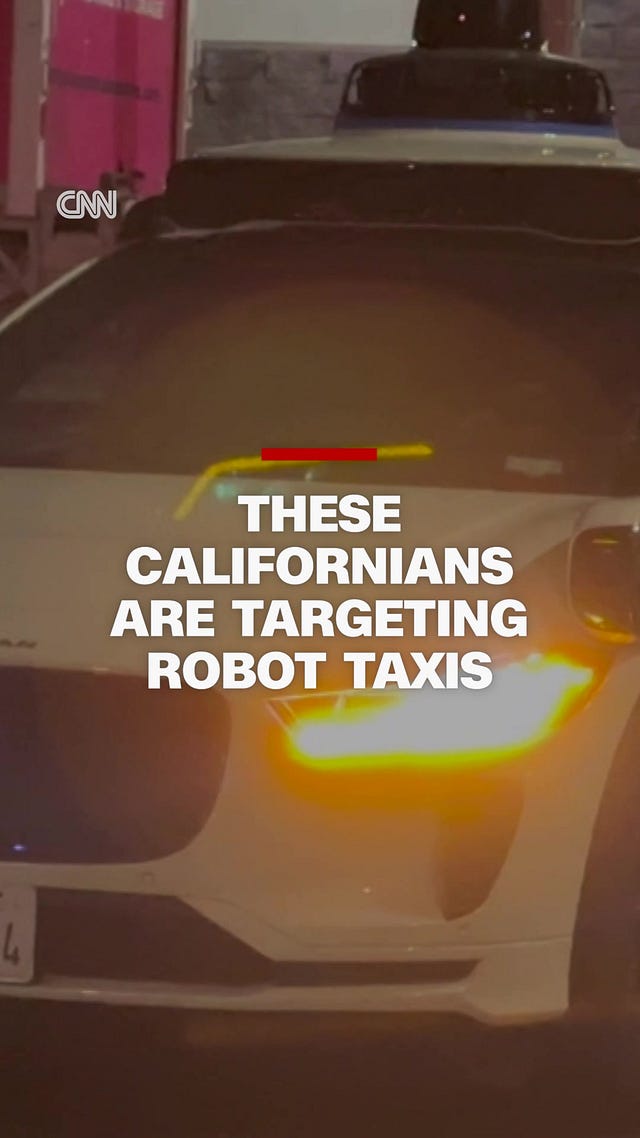A message from the storm-churned future, where the weather keeps the clock.
“All that you touch
You Change.
All that you Change
Changes you.
The only lasting truth
is Change.”
— Octavia E. Butler, Parable of the Sower
We used to say: see you next week.
Now we say: see you after the next storm.
Time, once measured by weeks, months, and market quarters, has been swept away. Not all at once. It eroded gradually—like shoreline, like trust.
Now we measure time by the distance between disasters.
This is storm time.
And the wind is our metronome.
I. The Day the Calendar Broke
At first, we thought it was temporary. Hurricanes arriving out of season. Heat waves blurring into fire seasons. Flood maps redrawn quarterly.
The calendar remained, a stubborn relic. But its utility frayed.
School terms dissolved as buildings flooded and migration began. Holidays vanished under emergency declarations. Infrastructure projects halted midstream—not from lack of will, but lack of predictability.
We entered what sociologist Barbara Adam once called a “timescape” of chaos. But we didn’t have language for it. Not yet.
The clocks still ticked. The servers still synced to atomic time.
But no one lived by them.
II. Storms Became Our Reference Points
Time turned tactile.
We began marking events as “two storms ago” or “since the blackout.” Not in jest—but with total sincerity. Memory itself became storm-anchored.
There were “the rains that took the grain silos.”
“There was the fire summer.”
“After the sixth inland hurricane, the phones never came back.”
People stopped planning ahead and started planning around.
Weddings, funerals, supply runs, elections—everything conditional.
Everything subject to the next gust, surge, or burn.
III. Living in Forecasted Fragments
The daily weather report became the most watched form of news. Not because it offered hope—but because it offered parameters. A forecast was not a convenience. It was authority.
In this world, time was no longer divided into weekdays and weekends, but into pre-storm, storm, and aftermath.
We learned to live in these fragments:
Preparation Time: stockpiling, boarding up, evacuating
Impact Time: the storm, the silence, the crash
Recovery Time: the dig, the inventory, the grief
And sometimes, the next Preparation Time begins before the last Recovery ends.
Emotionally, these phases blurred together. Anticipation and fatigue became the default emotional weather.
IV. The Wind as a Tool of Power
Those who could read the weather—truly read it—became invaluable.
Satellite monopolies, climate data firms, AI-powered insurers.
They had the forecasts. We had the consequences.
Emergency declarations became forms of governance. A climate state of exception.
Rules suspended. Markets frozen. Surveillance intensified.
Insurance firms redlined entire regions.
Relief was rationed through algorithms.
Adaptation was privatized.
What remained of democracy functioned in the pauses between storms—when power returned and bandwidth stabilized. But even those pauses grew shorter.
Storm time was not just a climate condition. It was a political one.
V. How We Ended the Clock
And yet—within storm time—we found each other.
Mutual aid became the new calendar. Not always formal, rarely funded. But utterly essential.
If the state measured time in damage reports and actuarial tables, the people measured it in rebuilding days, meal trains, barn raisings, convoy routes.
From these came rituals. From rituals came time.
We began to mark:
The Week of First Planting after the thaw
The Day the Solar Grid Held
The Eve of the First Firebreak
Some of us called this “regenerative time.” Others just called it ours.
A new chronology emerged, one that began not with conquest or kings, but with care.
With compost. With flood markers etched into concrete.
With collective memory that was stubborn and alive.
VI. The Storm Is the System
We no longer believe that climate change is an event to avoid or mitigate.
It is the system we live in.
It is the air we breathe and the tempo we endure.
It is the authority no government can overrule.
But we’ve also learned that while storms mark our time, they do not define it.
We measure time with the wind now—but we live by what we build between the gusts.
The shelters. The stories. The solidarity.
That’s what remains.
Postscript: The Future as Weather
If you’re reading this from the past, consider your own clock.
Do you still believe the year matters?
The election cycle? The quarter?
Or is the wind already at your door?
What time is it where you are?
And how long until the next storm?







In N.K. Jemisin's Broken Earth trilogy this is precisely how communities measure time, they call each major ecological disaster a "season" & there are specific protocols enacted upon the onset of a season as "normal" life is suspended. (FYI, I highly recommend these books but you should know they are a sci-fi/fantasy blend, not climate fiction. A real relief if you're looking for an example of this genre featuring nonwhite protagonists)
The timing of this is incredibly synchronistic, as I've been experimenting with "timeless time" for about a week and this touches on the effects (not the motivation) but where you take it and how it connected with me was powerful, helpful, and "masterful." Also, what did all the athletes do when this happened? Did they have "weather clauses" in their contracts (just playing out the nuances between NOW and THIS...I can't imagine the excuses and weird Ptolemaic reasoning we'd use to stave this off even longer than most rational humans could stand it (because I see us doing that with EVERYTHING)....
Thanks, Jesse!